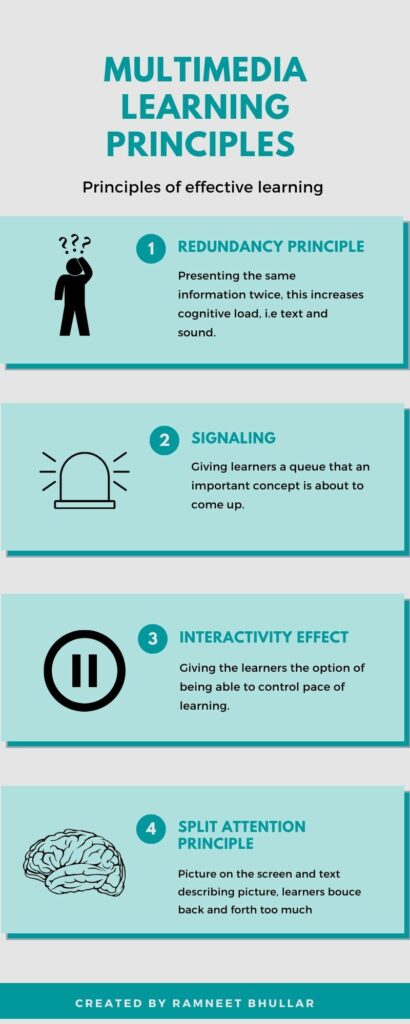For my core multimedia skills assignment, I chose to revise a PowerPoint presentation that I presented during my POLI 456 class. This presentation introduced learners to Clearview AI’s technology with the aim of raising awareness surrounding heavy surveillance of BIPOC folk in the U.S.
Some importance aspects I considered during my revision process was following the Multimedia & Modality Principles we learned during our time in this course. I focused on integrating some of these principles and being more inclusive of the learners as opposed to presenting information as fast as I could (my original intent). For example, I chose fonts, such as comic sans as this text is easier for dyslexic learners to read from.
In comparison to my original presentation, I chose to significantly reduce the amount of text in my PowerPoints, originally these longer sentences were read aloud and were repetitive so that the learns would ideally remember facts once hearing them twice. Following the principles of multimedia learner this myth was debunked as redundancy increases cognitive load for learner, effecting their short term and long-term memory.


As well as signalling learners, I chose to highlight importance of certain concepts by giving the readers cues for certain importance. In the slide above I chose to highlight each fact in a bubble.
I prompted for more collaborative and interactive learning with my revised edition as I encouraged readers to think, pair, and share, throughout the presentation with partners or pod members to encourage their own explanation. Specifically, in the image below, I would encourage readings to consider what red flags are raised from my search results from the platform. Once we meet again, I would ask to share with the class and highlight the 3 big ones one by one, I chose to also animate this for learners to signal them and create a more interactive effect.

I felt the original intent with using my own case study helped the class bring these bigger concepts down and have a tangible example of the impacts of this technology and the real people effects. I ended my presentation with a similar approach for “questions to consider”, potentially doing another “think, pair, and share” exercise.






